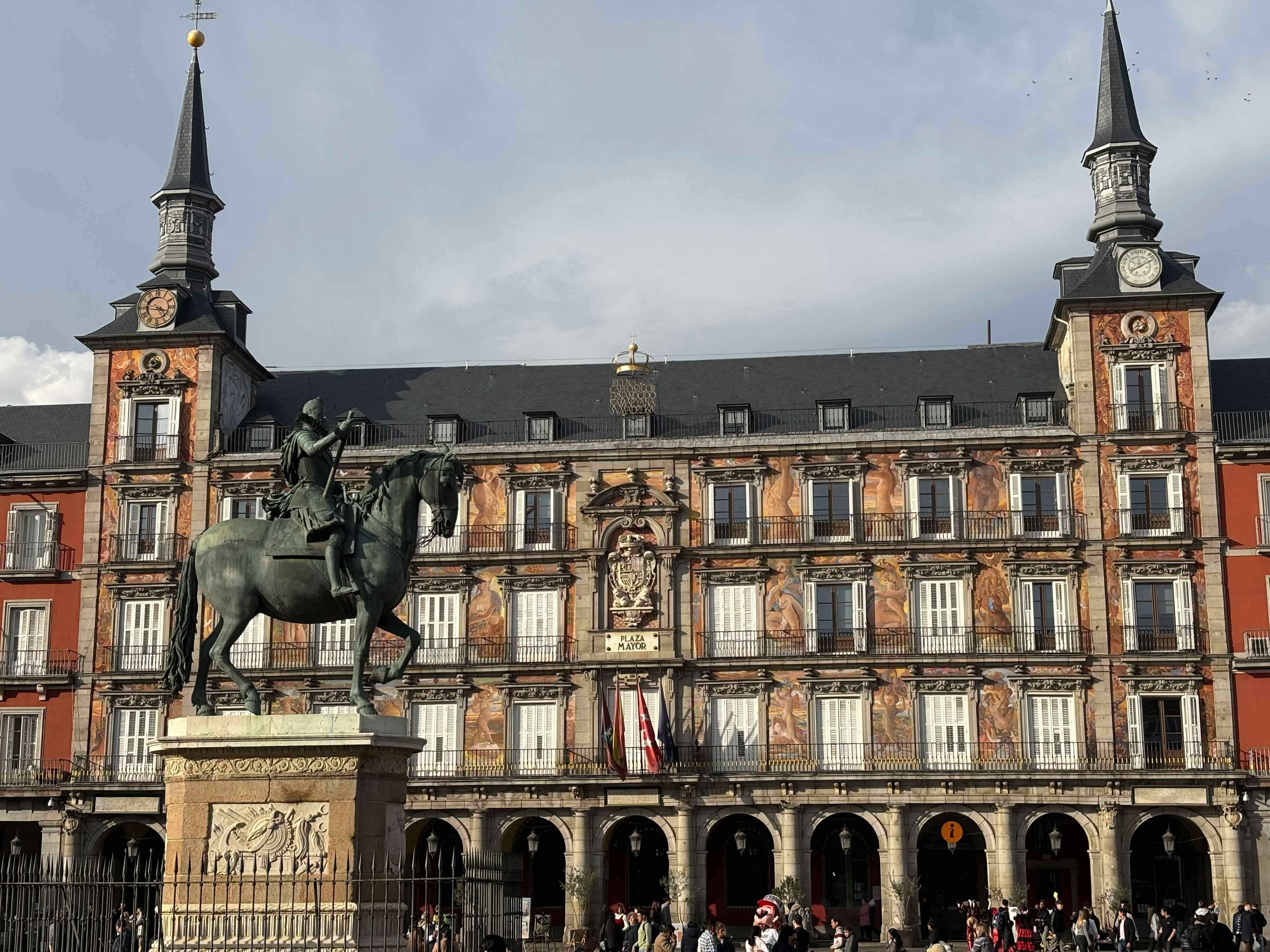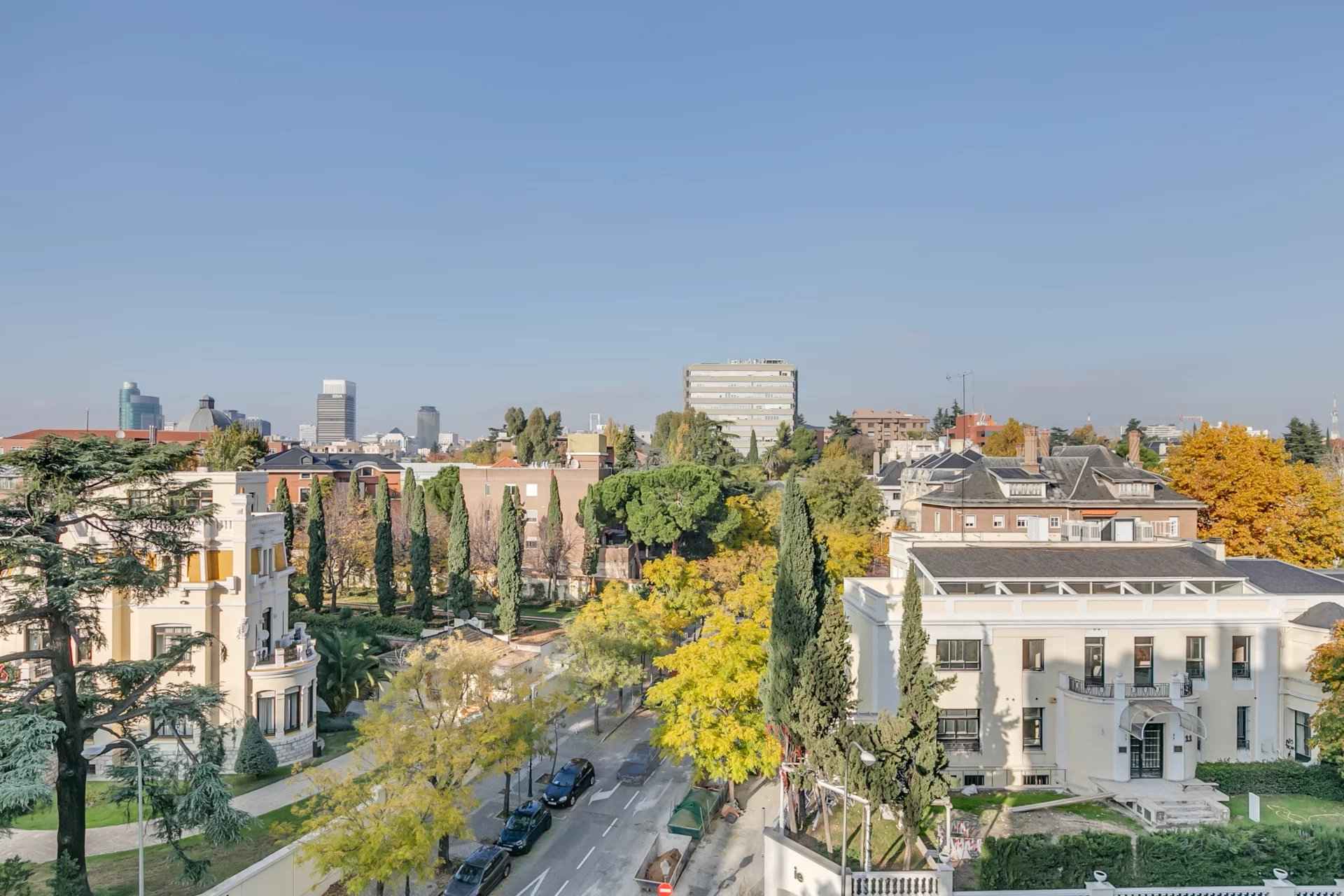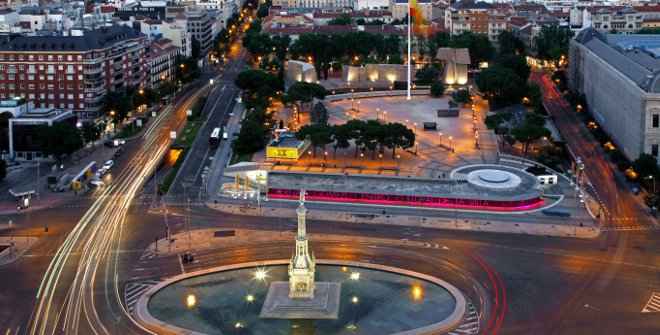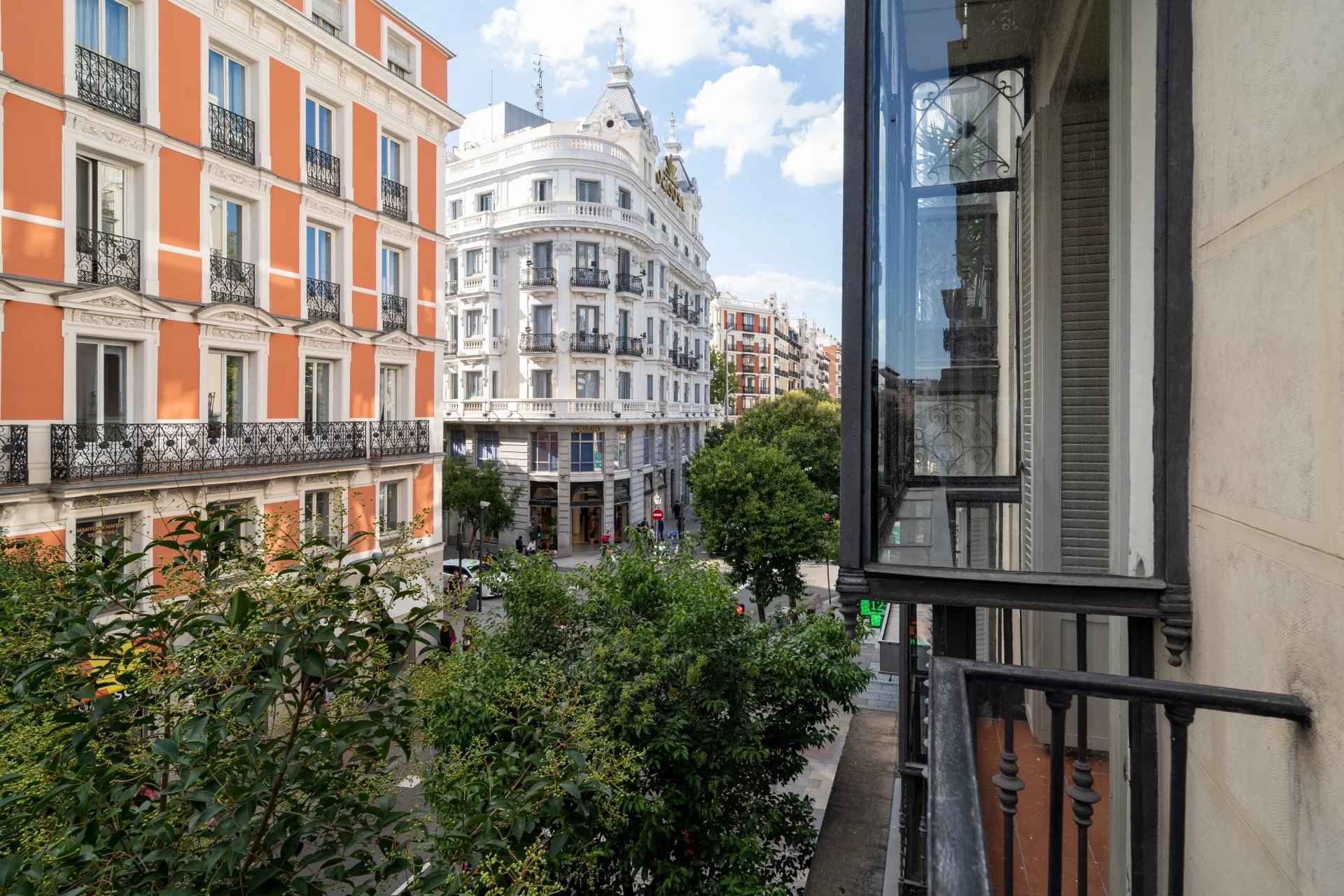Lifestyle
2025-10-13
The Madrid of the Austrias: a journey through the living history of the capital
Between the arcades of Plaza Mayor and the centuries-old taverns of Calle Cuchilleros lies the origin of Madrid. A stroll through the Madrid of the Austrias is to return to the small villa that became a royal court — and to discover the soul of a city that never stops reinventing itself.
.jpg)
There are corners of Madrid where time seems to have stopped. The Madrid of the Austrias is one of them. Its narrow cobbled streets, slate rooftops, and wrought-iron balconies preserve the memory of the town that Philip II chose in 1561 as the seat of his court. From that moment, Madrid became the political and artistic heart of an empire — and this neighborhood, its living soul.
The walk begins in Plaza Mayor, monumental and harmonious, where the hum of cafés meets the quiet rhythm of its arcades. From here, a famous arch leads down to Calle Cuchilleros, perhaps one of the most photographed streets in Madrid. Its name recalls the guild of knife-makers who supplied the butchers of the nearby Casa de la Carnicería, opposite the Casa de la Panadería.
The Arco de Cuchilleros, designed in 1617 by Juan Gómez de Mora and remodeled by Juan de Villanueva in the 18th century, bridges the slope between Plaza Mayor and the Cava de San Miguel. Nearby, a small circular stone platform — known as the pulpit — recalls the fiery speech of Friar Antonio de San Gil, who in 1808 inspired the citizens of Madrid to resist Napoleon’s invasion.
History, here, is also served slowly. At number 17 stands Sobrino de Botín, founded in 1725 and recognized by the Guinness Book of Records as the world’s oldest restaurant. Its wood-fired ovens still roast suckling pigs as they did three centuries ago — in the same atmosphere that charmed Goya, Hemingway and Ava Gardner. Close by, Las Cuevas de Luis Candelas preserves the legend of Madrid’s most famous 19th-century bandit.
Architecturally, this is the Madrid of Herrerian classicism — austere, geometric and profoundly Castilian. Buildings like the Casa de la Villa and the Palacio de Santa Cruz embody the city’s first golden age.
To walk through the Madrid of the Austrias is to travel through time, but also through emotion — and to understand why the city still captivates those who seek authenticity, culture and timeless charm.
At BARNES Madrid, specialists in luxury real estate and historic residences, we understand that the true value of a property lies beyond its walls — in its history, its setting and its spirit. The Madrid of the Austrias is not only a place to visit, but a place to live.
The walk begins in Plaza Mayor, monumental and harmonious, where the hum of cafés meets the quiet rhythm of its arcades. From here, a famous arch leads down to Calle Cuchilleros, perhaps one of the most photographed streets in Madrid. Its name recalls the guild of knife-makers who supplied the butchers of the nearby Casa de la Carnicería, opposite the Casa de la Panadería.
The Arco de Cuchilleros, designed in 1617 by Juan Gómez de Mora and remodeled by Juan de Villanueva in the 18th century, bridges the slope between Plaza Mayor and the Cava de San Miguel. Nearby, a small circular stone platform — known as the pulpit — recalls the fiery speech of Friar Antonio de San Gil, who in 1808 inspired the citizens of Madrid to resist Napoleon’s invasion.
History, here, is also served slowly. At number 17 stands Sobrino de Botín, founded in 1725 and recognized by the Guinness Book of Records as the world’s oldest restaurant. Its wood-fired ovens still roast suckling pigs as they did three centuries ago — in the same atmosphere that charmed Goya, Hemingway and Ava Gardner. Close by, Las Cuevas de Luis Candelas preserves the legend of Madrid’s most famous 19th-century bandit.
Architecturally, this is the Madrid of Herrerian classicism — austere, geometric and profoundly Castilian. Buildings like the Casa de la Villa and the Palacio de Santa Cruz embody the city’s first golden age.
To walk through the Madrid of the Austrias is to travel through time, but also through emotion — and to understand why the city still captivates those who seek authenticity, culture and timeless charm.
At BARNES Madrid, specialists in luxury real estate and historic residences, we understand that the true value of a property lies beyond its walls — in its history, its setting and its spirit. The Madrid of the Austrias is not only a place to visit, but a place to live.


